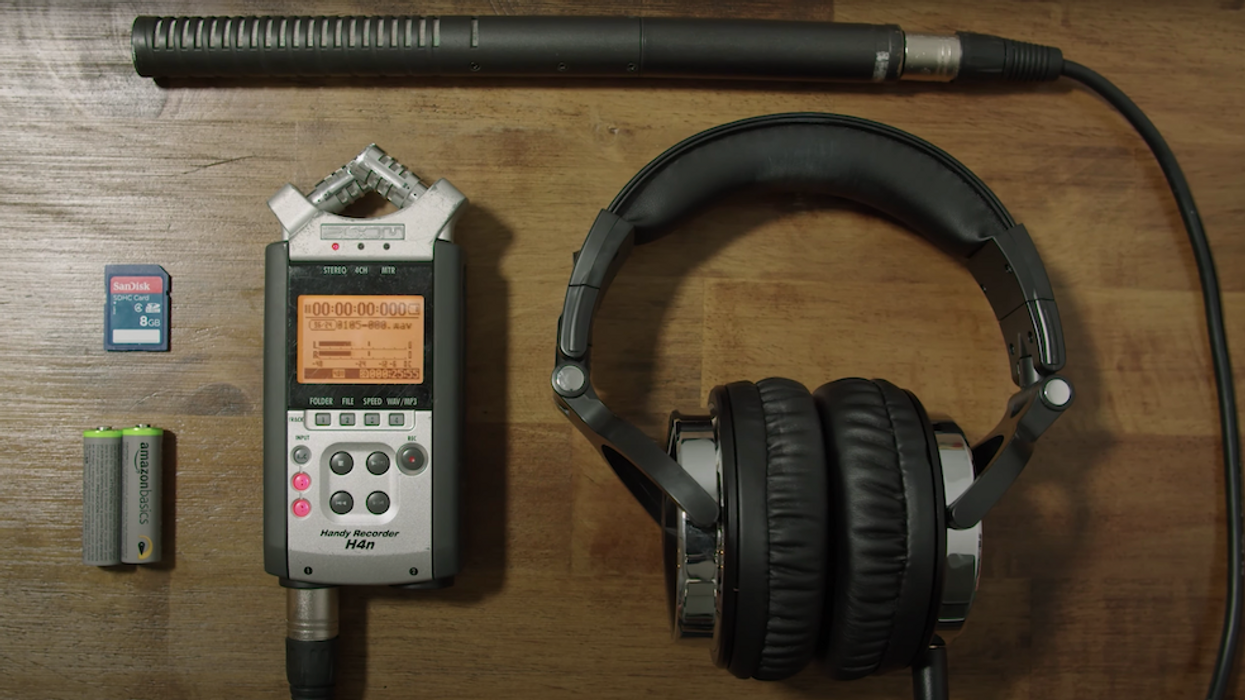Learn How to Create Pro-Level Sound Effects and Foley at Home
Want to try your hand at creating your own sound effects library for your film and video projects?

I'm a big fan of stock sound effects—I use them all the time in my edits and subscribe to a number of great libraries. However, I'm also a fan of self-sufficiency and the DIY spirit, which means that anyone out there wanting to record their own foley and sound effects gets my full, forearm handshake support.
But how do you get started?
What gear do you need and what's the best workflow for maintaining an effective library?
In this video from PremiumBeat, Anthony Najera shows you just how easy it is to create your own sound effects library using recordings made at home.
Now, before we dig into essential gear, I'm assuming that you're not trying to become a full-on professional foley artist. If you were, this is probably not the best tutorial for you, since you'll need to learn some tricks of the trade, like which materials work best for different sounds and which techniques the pros use to nail those effects.
Instead, this is aimed more toward those who just want to create a small library for a specific project. (The methods and workflows used here can probably be expanded if you do decide to branch out a little.)
As far as gear goes, you don't need anything too fancy, especially if, again, you're not trying to go pro. Najera makes a few mic suggestions, including the one in your smartphone, a handheld field recorder, and an external boom.
Your phone can most likely do a pretty bang-up job when you're in a pinch, but if you want more control (which you do) and better results (which you do) without having to break the bang (which you definitely don't), then the recorder/boom combo is a great option.
I haven't stopped singing the praises of the Zoom H4n on this site for going on 7 years now and I never friggin' will. It's the best field recorder I've ever owned...and mine has given me nearly a decade of loyal service. (I love that fucking thing, you guys.) As far as external boom mics go, you'll have to ask yourself how much you're willing to spend.
On-camera mics are tempting because they tend to be cheaper than external booms, but what you'll be missing out on is the narrow polar pattern. You'll need that to isolate the sound you're trying to record. If you've got an omnidirectional or even hypercardioid mic, you risk picking up unwanted audio.
What's Next? Take things a step further and become a pro foley artist!
Foley is one of the coolest, most mysterious art forms in filmmaking. Why? Probably because its trade secrets are so carefully protected. But we can still offer you some insight into the craft, from how to record better foley to what a day in the life of a professional foley artist looks like.
Source: PremiumBeat by Shutterstock













